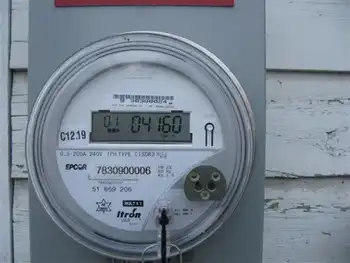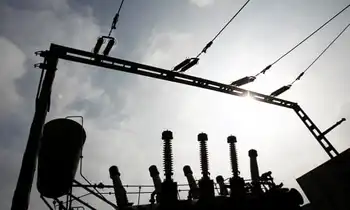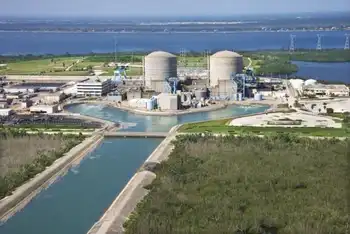Public Service Company of Oklahoma shares cost of putting power lines underground
There are two different costs associated with burying power lines - the cost for residential power lines and the cost for power lines along main roads. Steve Penrose, the manager for Public Service Company of Oklahoma Distribution Systems Support, said it costs about $500,000 per mile to put residential power lines under ground.
For power lines that run along major arterial roads, the cost is about $1.9 million per mile, he said, explaining that the lines along major arterial road have three electrical sources whereas residential power lines have typical one electrical source. Most residential power lines tap off of major arterial power lines.
Penrose said labor and specialized heavy equipment are parts of the cost.
Christiansen said the city recently completed a road project on Yale between 71st and 81st. Part of the roadwork included moving the electric utility, which is an overhead power system. He wanted to what the cost would have been to bury the power lines.
With the project, PSO spent about $140,000 to relocate the overhead power lines as overhead power lines, Penrose said. If they had put the lines underground, it would have cost approximately $3.8 million.
While there is a cost associated with putting power lines underground, there is a benefit. Penrose pointed that animals, trees, and even cars can cause electric disruptions to overhead power lines. Those elements aren't always an issue with underground power lines.
PSO is trying to improve its electric reliability for its customers. Some of its efforts include tree trimming programs, but this year, Penrose said it started burying residential power lines. This year it plans to spend about $12 million on burying residential power lines. In the first year, the company has buried 17 miles of power lines affecting 1,300 customers in six neighborhoods.
Over the course of the program's life, the company plans to spend about $20 million a year on burying residential lines, he said. The project will run for about 20 to 25 years since the company has about 700 miles of residential lines.
Related News

France hopes to keep Brussels sweet with new electricity pricing scheme
PARIS - France has unveiled a new electricity pricing mechanism, hoping to defuse months of tension over energy subsidies with Brussels and its neighbors.
The strain has included a Franco-German fight over the reform of the bloc's electricity market, with Germany accusing France of wanting to subsidize its industry via artificially low energy prices, while Paris maintained it should have the right to make the most of its relatively cheap nuclear energy. That fight has now been settled.
On Tuesday, the French government presented a new mechanism — complex, and still-to-be-detailed — to bring the average price of electricity closer to €70…




